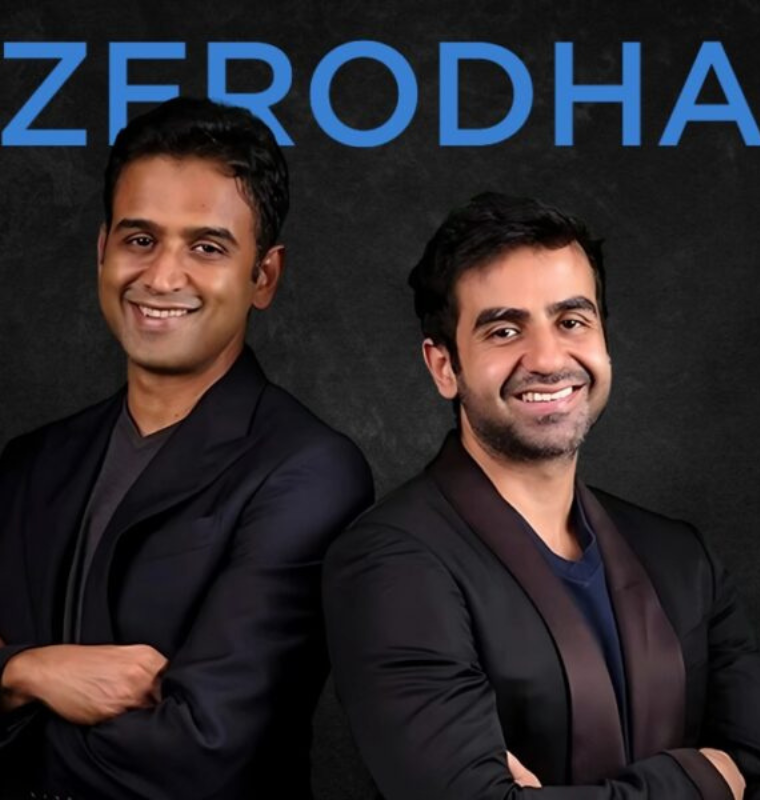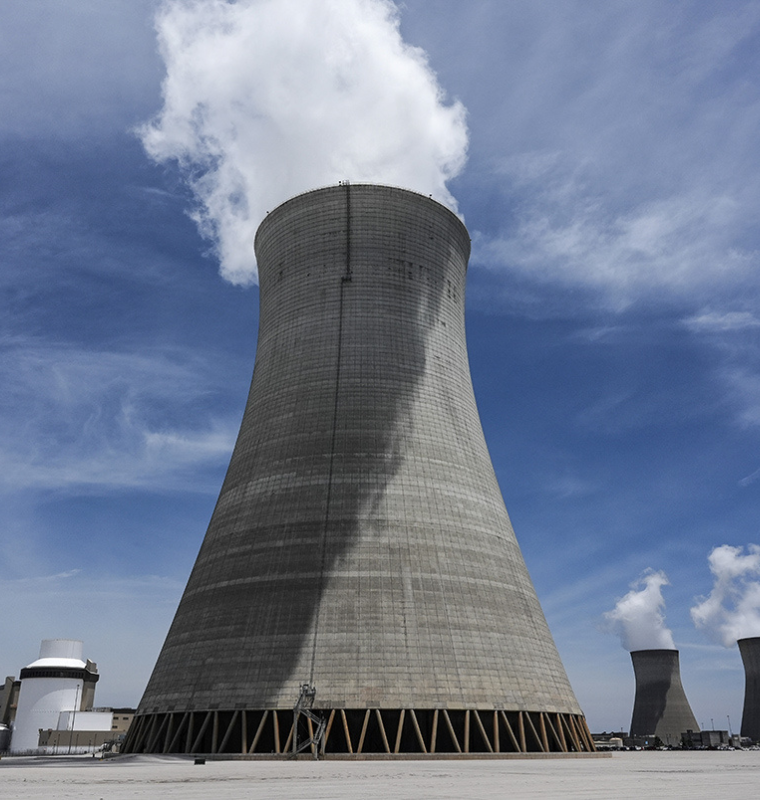Trump Blasts India-U.S. Trade Ties as ‘One-Sided Disaster’ Amid Modi’s China Outreach
Trump Blasts India-U.S. Trade Ties as ‘One-Sided Disaster’ Amid Modi’s China Outreach
By
Calder Monroe
Last updated:
September 2, 2025
First Published:
September 2, 2025
.webp)
Photo: Bloomberg.com
Trump’s Harsh Words on India-U.S. Trade
U.S. President Donald Trump reignited his criticism of India on Monday, calling the trade relationship between Washington and New Delhi “a totally one-sided disaster.” The statement came shortly after Indian Prime Minister Narendra Modi’s visit to China for the Shanghai Cooperation Organization (SCO) summit, where he met President Xi Jinping and emphasized regional cooperation.
Trump, posting on Truth Social, claimed that India had “offered to cut their tariffs to nothing” but argued the move came “too late,” adding that New Delhi should have done so “years ago.” He accused India of flooding the U.S. with goods while maintaining steep tariffs on American exports, which he said crippled U.S. businesses trying to enter the Indian market.
Tariffs, Russian Oil, and Growing Trade Tensions
This latest clash follows Washington’s decision to impose 50% tariffs on Indian exports earlier this year, with additional duties of 25% targeting India’s purchases of Russian crude oil. India has repeatedly condemned these penalties, calling them “unfair, unjustified, and unreasonable.”
According to World Trade Organization (WTO) data, India maintained an average applied tariff of 6.2% on U.S. goods in 2024, while the U.S. imposed just 2.4% on Indian imports. This stark difference, Trump argued, highlights the imbalance.
The U.S. has also accused New Delhi of undermining Western sanctions on Moscow by continuing to buy discounted Russian oil and military equipment. Trump doubled down on this point, framing India’s purchases as a contradiction while simultaneously benefiting from U.S. trade access.
Failed Trade Deals and the Zero-for-Zero Proposal
Earlier this year, India floated a “zero-for-zero” deal that would have cut tariffs on products such as steel, pharmaceuticals, and auto components on a reciprocal basis, up to a certain volume of trade. However, negotiations collapsed, and no agreement was reached.
The breakdown in talks fueled Washington’s decision to hike tariffs dramatically, signaling a harder stance toward India even as the U.S. seeks stronger alliances in Asia.
Modi’s China Visit and the SCO Factor
Modi’s meeting with Xi Jinping at the SCO summit in Tianjin underscored India’s balancing act between global powers. The summit, held from August 31 to September 1, saw China and India stress the importance of being partners, not rivals.
U.S. Treasury Secretary Scott Bessent, however, dismissed suggestions that American tariffs were driving India closer to China, labeling the summit “performative.” Still, analysts believe New Delhi’s improving ties with Beijing carry strategic weight.
Marko Papic, chief strategist at GeoMacro Strategy BCA Access, argued that closer engagement with China could give India access to critical intellectual property needed to scale its manufacturing and industrial ambitions. At the same time, he warned that the U.S. is losing influence in the global narrative, as more countries view Washington’s trade policies as combative.
A Shifting Trade Landscape
India has pushed back on U.S. criticism by pointing out Western hypocrisy. New Delhi’s foreign ministry recently stated that countries chastising India for buying Russian oil are themselves engaged in trade with Moscow, without the same security and energy constraints India faces.
While India continues to be one of the fastest-growing major economies, the mounting tariffs, strategic pressures, and geopolitical tensions with Washington may complicate its export ambitions. For the U.S., Trump’s hardline stance signals a growing willingness to leverage tariffs as a bargaining tool—potentially reshaping global supply chains and the future of U.S.-India trade relations.
Popular articles
Subscribe to unlock premium content
How Personalized VR Meditation Experiences Are Becoming a Luxury Niche

Why High-End Pet Clothing Is a Multi-Million-Dollar Trend in the Middle East

The Tiny Italian Island of Procida and Its Billion-Euro Film Tourism Boom

How Personalized VR Meditation Experiences Are Becoming a Luxury Niche

Why High-End Pet Clothing Is a Multi-Million-Dollar Trend in the Middle East

How Personalized VR Meditation Experiences Are Becoming a Luxury Niche









